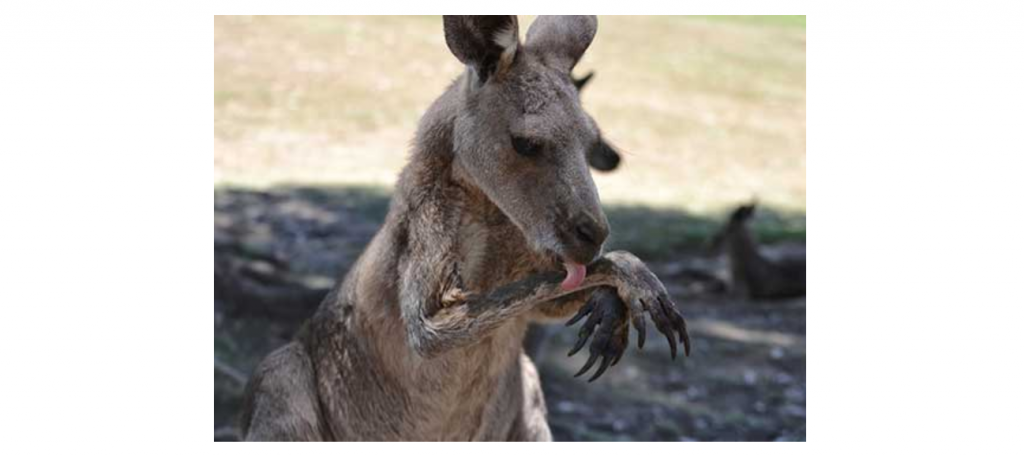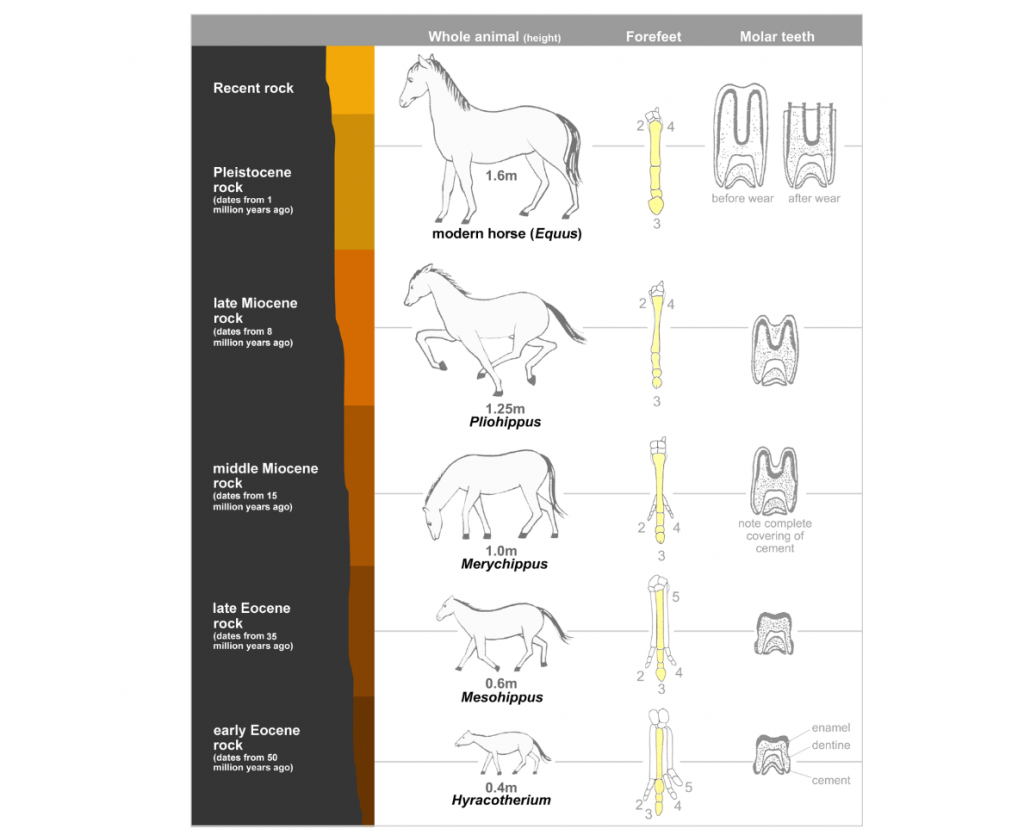Looking for some practice questions for Module 3 of Year 11 Biology, Biological Diversity? Then, you’ve come to the right place!
In the first module of Preliminary Biology, we asked ourselves how cells and their structures formed the basis of life on Earth.
In the second module, we then explored how cells could be arranged into increasingly complex organisms.
Now, in our third module, we come across one of the fundamental tenets which underpinned the work of evolutionary biologists like Darwin, Huxley and Wallace.
From the work of these and many other evolutionary biologists, we can begin to understand how such great diversity of species on Earth came to be.
Our understanding of Biological Diversity in this module can be centered around 4 main points:
- Effects of the Environment on Organisms
- Adaptations
- Theory of Evolution by Natural Selection
- Evolution – the Evidence
Looking to enhance your study notes? Check out our Complete Guide to Year 11 Biology Module 3: Biological Diversity for more information, and review your fundamentals with our Breakdown of Year 11 Biology Module 1: Cells as the Basis of Life to make things easier!
Now that we’ve briefly recapped the core concepts of this module, let’s dive into these 20 exam style practice questions to refresh and revise our knowledge!
Effects of the Environment on Organisms
Inquiry question 1: How do environmental pressures promote a change in species diversity and abundance?
Question 1
Which of the following factors can be considered as abiotic within an ecosystem? (1 mark)
a) Bacteria in soil
b) Salinity
c) Number of predators
d) Abundance of food
(Predict the effects of selection pressures on organisms in ecosystems, including: – biotic factors – abiotic factors)
Question 2
The introduction of cane toads into Australia resulted in the: (1 mark)
a) Decrease in population of native Australian predators
b) Increase in population of native Australian predators
c) Increase in resistance to cane toad toxin in native Australian predators
d) Decrease in introduced cane toad populations
(investigate changes in a population of organisms due to selection pressures over time, for example: cane toads in Australia)
Question 3
a) Identify TWO abiotic factors which generated environmental pressures on NSW mangrove forests. (2 marks)
b) Explain how these pressures influenced adaptations in mangrove plants. (2 marks)
(predict the effects of selection pressures on organisms in ecosystems, including: biotic factors, abiotic factors)
Question 4
Explain the reasons behind why populations of the invasive species of cane toad thrived in the Australian environment. (5 marks)
(investigate changes in a population of organisms due to selection pressures over time, for example: cane toads in Australia)
Question 5
Identify the TWO introduced species brought into Australia to control the population of Prickly Pears. (2 marks)
(investigate changes in a population of organisms due to selection pressures over time, for example: prickly pear distribution in Australia)
Adaptations
Inquiry question 2: How do adaptations increase the organism’s ability to survive?
Question 6
Which of the following is an example of a physiological adaptation of an organism? (1 mark)
a) Canines in a Tasmanian devil
b) Migration of birds
c) Fat storage in humps of camels
d) Opposable thumbs of gorillas
(conduct practical investigations, individually or in teams, or use secondary sources to examine the adaptations of organisms that increase their ability to survive in their environment, including structural adaptation, physiological adaptations, behavioural adaptations)
Question 7
Which adaptation would reduce water loss in a plant in an environment with little rainfall? (1 mark)
a) Loose packed epidermal cells
b) Sunken stomata
c) Broad leaves
d) Surface roots
(conduct practical investigations, individually or in teams, or use secondary sources to examine the adaptations of organisms that increase their ability to survive in their environment, including: structural adaptations, physiological adaptations, behavioural adaptations)
Question 8
The following image displays a Kangaroo licking its arms.
Image sourced from CSIROScope
a) Identify what type of adaptation is being displayed here. (1 mark)
b) Identify a possible selective pressure which caused this adaptation. (1 mark)
c) Explain how this adaptation allows the species to become better suited to its environment. (3 marks)
(conduct practical investigations, individually or in teams, or use secondary sources to examine the adaptations of organisms that increase their ability to survive in their environment, including: structural adaptations, physiological adaptations, behavioural adaptations)
Question 9
Part of Darwin’s theory of evolution by natural selection can be summarised by the following statement: “Favourable variations become more common in the population as they are passed onto offspring”.
Justify how Darwin’s investigation into finches on the Galapagos Islands provides evidence for this statement. (5 marks)
(investigate, through secondary sources, the observations and collection of data that were obtained by Charles Darwin to support the Theory of Evolution by Natural Selection, for example: finches of the Galapagos Islands, Australian flora and fauna)
Question 10
a) Outline the difference between an ectotherm and an endotherm. (1 mark)
b) Identify ONE Australian ectotherm and ONE Australian endotherm. (2 marks)
(conduct practical investigations, individually or in teams, or use secondary sources to examine the adaptations of organisms that increase their ability to survive in their environment, including: structural adaptations, physiological adaptations, behavioural adaptations)
Theory of Evolution by Natural Selection
Inquiry question 3: What is the relationship between evolution and biodiversity?
Question 11
Biodiversity is most accurately defined as: (1 mark)
a) The population of a species in an ecosystem
b) The population of flora in an ecosystem
c) The variety of species in an ecosystem
d) The variety of life on Earth at all levels
(explain biological diversity in terms of the Theory of Evolution by Natural Selection by examining the changes in and diversification of life since it first appeared on the Earth)
Question 12
Darwin’s observations of finches on the Galapagos islands showed that finches on different islands exhibited different characteristics. This is an example of: (1 mark)
a) Convergent evolution
b) Macroevolution
c) Microevolution
d) Divergent evolution
(explain biological diversity in terms of the Theory of Evolution by Natural Selection by examining the changes in and diversification of life since it first appeared on the Earth)
Question 13
The diagram below displays the evolutionary changes which occurred in both the molar teeth and forefeet of modern day horses.
Image sourced from Wikipedia
a) Outline the reasons why the modern horse evolved to have one hoof from a multi-toed ancestor. (2 marks)
b) Outline the reasons why the molars of the modern horse differ from that of their ancestors. (2 marks)
(analyse how an accumulation of microevolutionary changes can drive evolutionary changes and speciation over time, for example: evolution of the horse)
Question 14
Define convergent evolution. (1 mark)
(explain, using examples, how Darwin and Wallace’s Theory of Evolution by Natural Selection accounts for convergent evolution)
Question 15
Distinguish between the process of punctuated equilibrium and gradualism. (2 marks)
(explain how punctuated equilibrium is different from the gradual process of natural selection)
Evolution – the Evidence
Inquiry question 4: What is the evidence that supports the Theory of Evolution by Natural Selection?
Question 16
Which of the following processes does NOT provide evidence for Darwin’s Theory of Evolution?
a) Comparative anatomy
b) Comparative embryology
c) Biogeography
d) DNA synthesis
(investigate, using secondary sources, evidence in support of Darwin and Wallace’s Theory of Evolution by Natural Selection, including but not limited to: biochemical evidence, comparative anatomy, comparative embryology and biogeography)
Question 17
The following homologous limbs are structurally similar between different species.
a) What is this specific example of homologous structures known as? (1 mark)
b) Describe how this homologous structure provides evidence for evolution. (3 marks)
(investigate, using secondary sources, evidence in support of Darwin and Wallace’s Theory of Evolution by Natural Selection, including but not limited to biochemical evidence, comparative anatomy, comparative embryology and biogeography)
Question 18
Identify 2 methods in which Biochemical processes can be used to prove common ancestry. (2 marks)
(investigate, using secondary sources, evidence in support of Darwin and Wallace’s Theory of Evolution by Natural Selection, including but not limited to biochemical evidence, comparative anatomy, comparative embryology and biogeography)
Question 19
Explain how the comparisons outlined in the diagram below provide evidence to support Darwin’s Theory of Evolution. (3 marks)
Sourced from Ernst Haeckel, Anthropogenie, Leipzig: Engelmann
(investigate, using secondary sources, evidence in support of Darwin and Wallace’s Theory of Evolution by Natural Selection, including but not limited to biochemical evidence, comparative anatomy, comparative embryology and biogeography)
Question 20
Using your knowledge of evolutionary theory and natural selection, explain how bacteria is able to develop antibiotic resistance over time. (4 marks)
(explain modern-day examples that demonstrate evolutionary change, for example:antibiotic-resistant strains of bacteria)
And that wraps up our 20 practice questions for Year 11 Biology Module 3: Biological Diversity – good luck!
Aiming for a Band 6 in HSC Biology? Check out our guide here!
Looking for some extra help with Module 3: Biological Diversity?
We have an incredible team of Year 11 Biology tutors and mentors who are new HSC syllabus experts!
We can help you master the Year 11 Biology syllabus and ace your upcoming Year 11 Biology assessments with personalised lessons conducted one-on-one in your home or at our state of the art campus in Hornsby!
We’ve supported over 5,000 students over the last 10 years, and on average our students score mark improvements of over 19%!
To find out more and get started with an inspirational Year 11 Biology tutor and mentor, get in touch today or give us a ring on 1300 267 888!
Alex Gao is an Art of Smart mentor and blogger who is passionate about teaching students the skills and know-how of high school. Alex has a great interest in the field of Biology, avidly blogging about the topic whilst also aspiring to become a Biomedical Engineer. Alex graduated in 2018 and was listed on the Distinguished Achievers list for Advanced English, Extension 1 English and Biology.






